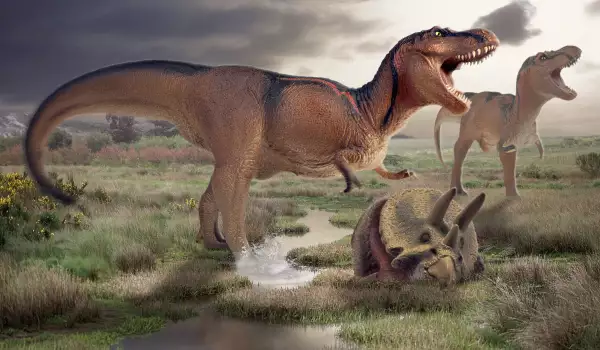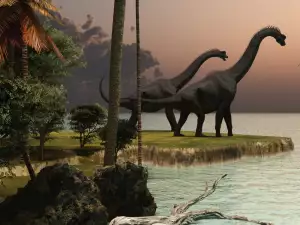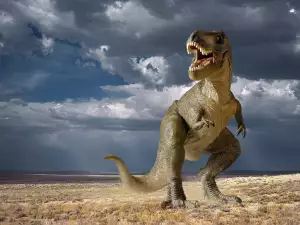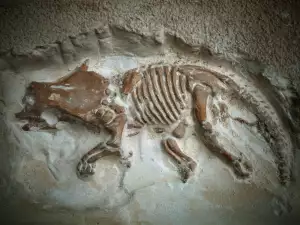Russian scientists from Vladivostok have laid out a new theory about how the dinosaurs went extinct. According to them, the reason for it was the abrupt increase in earthly mass and gravity.
Anatoli Drozdov, one of the leading authors of the theory and main scientific collaborator to the Institute of Marine Biology, explains that most of the species which we've found conclusive evidence of in reality cannot inhabit the Earth as we know it today.
The biological species that have left behind proof of their past existence on Earth were way too heavy to be able to survive today. Modern mathematical calculations indicate that they would be physically incapable of living on the planet. Evidence are the gigantic sizes of land dinosaurs weighing over 10 tons and pterosaurs with a 49 ft (15 m) wingspan.
These facts have made scientists look at the causes of the dinosaurs' extinction in a new way. They've analyzed evolutionary data of 11 of the largest representatives of the Mesozoic Era. The results lead them to postulate that for 150 million years they had the opportunity to develop in an environment with a lower gravity.

Accordingly, scientists believe that the cause of their extinction was a slow process, one that took tens of millions of years. During that time, Earth's mass grew gradually, thanks to the tremendous amount of relatively small meteorites and space dust constantly falling to its surface. This led to an increase in Earth's mass by 2079 times over the course of 150 million years.
Scientists theorize that even though the process was very slow, 60-100 million years ago it became especially intensive. The mass and size of the Earth increased simultaneously, clarifies Anatoli Drozdov. The abrupt change in weight cause the rapid die-off of the dinosaurs.
During the 150 - 200 million year period when these changes were forced upon the Earth, its surface area increased by 4.32 times, while its volume increased by about 9 times.
To confirm their theory, the scientists need a cosmological model. But even if it turns out to be true, it does not necessarily exclude the widely accepted theory of the mass extinction of the majority of biological species on Earth - the collision with a meteor and the consequential changes that followed for the planet's entire surface.









